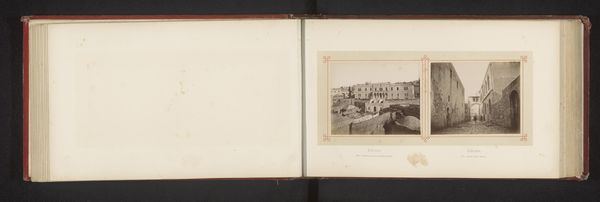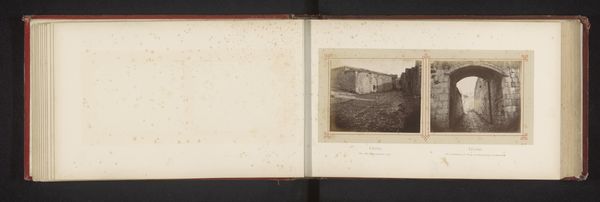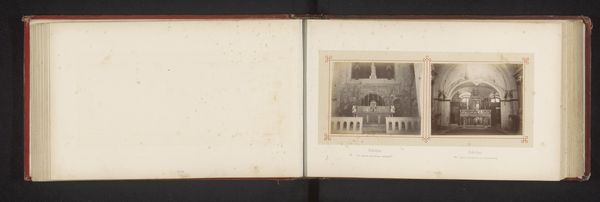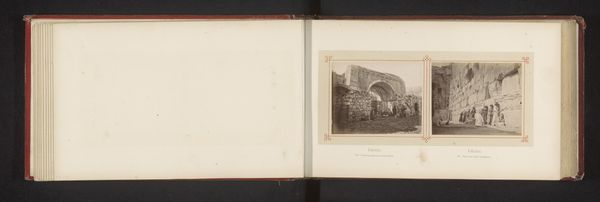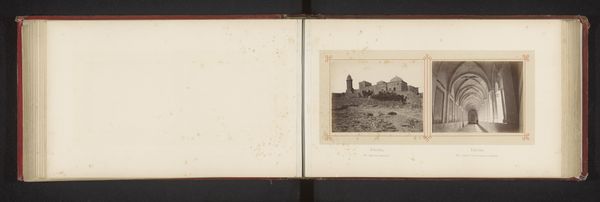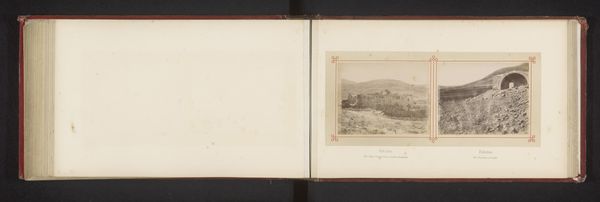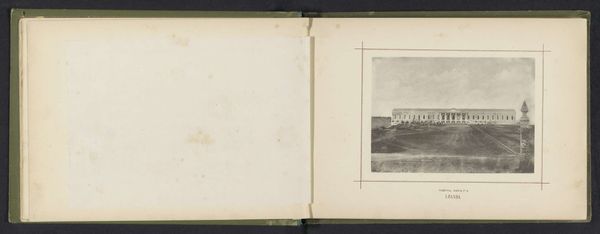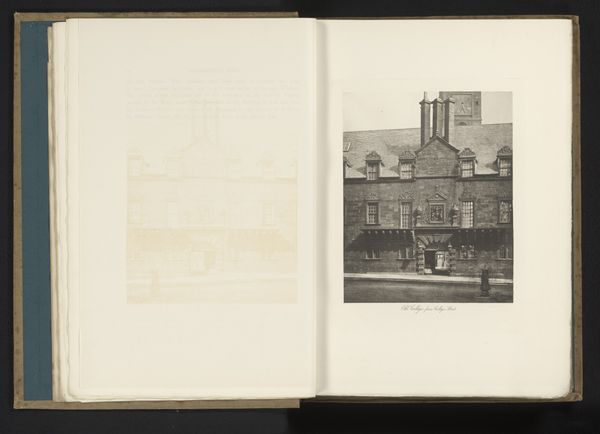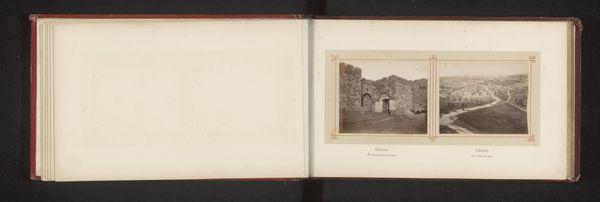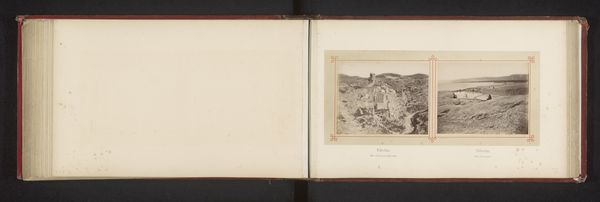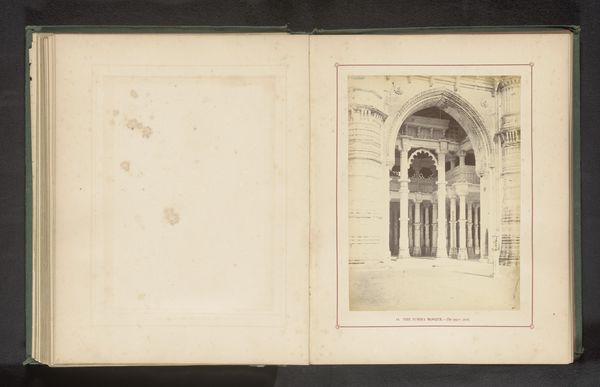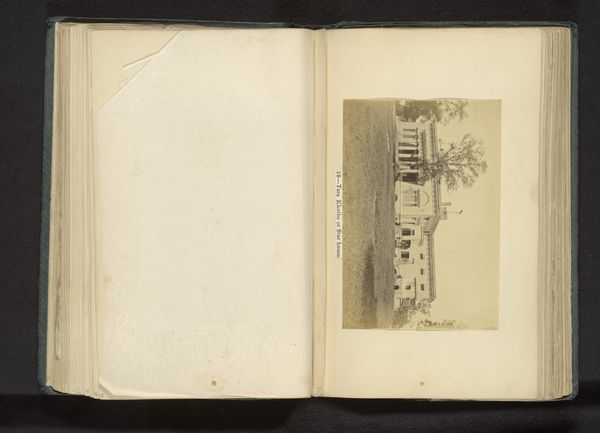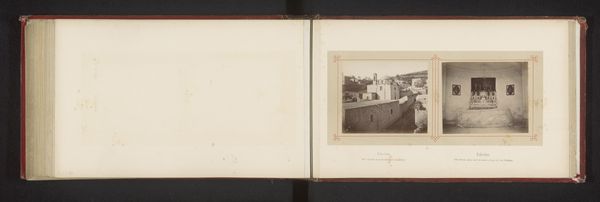
print, photography, albumen-print, architecture
# print
#
landscape
#
photography
#
orientalism
#
islamic-art
#
watercolor
#
albumen-print
#
architecture
Dimensions: height 77 mm, width 97 mm
Copyright: Rijks Museum: Open Domain
Curator: Here we have Félix Bonfils’s “Gezicht op de Al-Aqsamoskee,” dating from before 1878. It’s an albumen print. Editor: It has a rather solemn feel, doesn’t it? The contrast between the stark architecture and the muted tones creates this… almost dreamlike quality. Curator: Indeed. Bonfils was part of a wave of photographers who captured the Middle East for a European audience hungry for images of the ‘Orient.’ These photographs shaped perceptions and contributed to the Orientalist movement. Editor: The materiality of the albumen print is important, too. The process itself involves coating paper with egg white, giving the photograph a unique sheen and texture, not reproducible today without great care and effort. This, together with the framing format turns the artwork into a precious commodity and contributes to the exotic imagery promoted through orientalism. Curator: Absolutely. It highlights the construction of the image as an object, beyond its documentary function. It raises questions about how these images were circulated, consumed, and how they impacted colonial narratives. Editor: The starkness I noted could also be understood as emphasizing the scale and labor invested in constructing these impressive buildings, though clearly viewed through a western gaze, which tends to omit references to labor. It is important to keep in mind what remains unshown. Curator: A crucial point. Consider also that Bonfils often catered to the preferences of his European clientele. His framing and composition emphasized what Europeans considered 'picturesque' or 'exotic'. Editor: Right. And the choice of photography itself... its supposed objectivity lends authority. A painting could be dismissed as romantic fancy but a photograph, then, seemed like undeniable truth. Curator: Yet every photograph involves selection, framing, and inevitably, a point of view. The work reflects a complex interplay of commerce, aesthetics, and cultural exchange during that time. Editor: So, beyond the beauty and technical skill of the print, it encourages us to interrogate the historical forces at play in its creation and consumption. Curator: Precisely. Bonfils gives us both a beautiful photograph and a potent historical document to unpack.
Comments
No comments
Be the first to comment and join the conversation on the ultimate creative platform.
